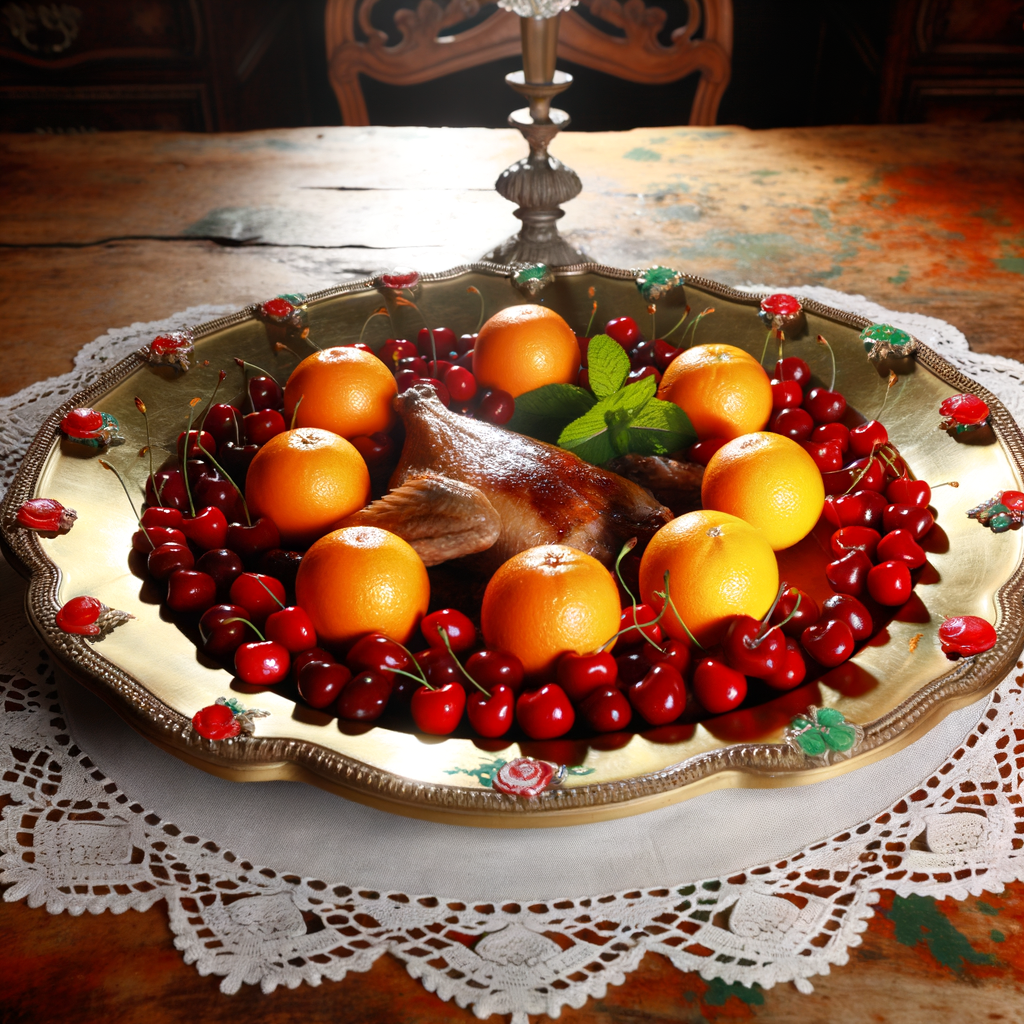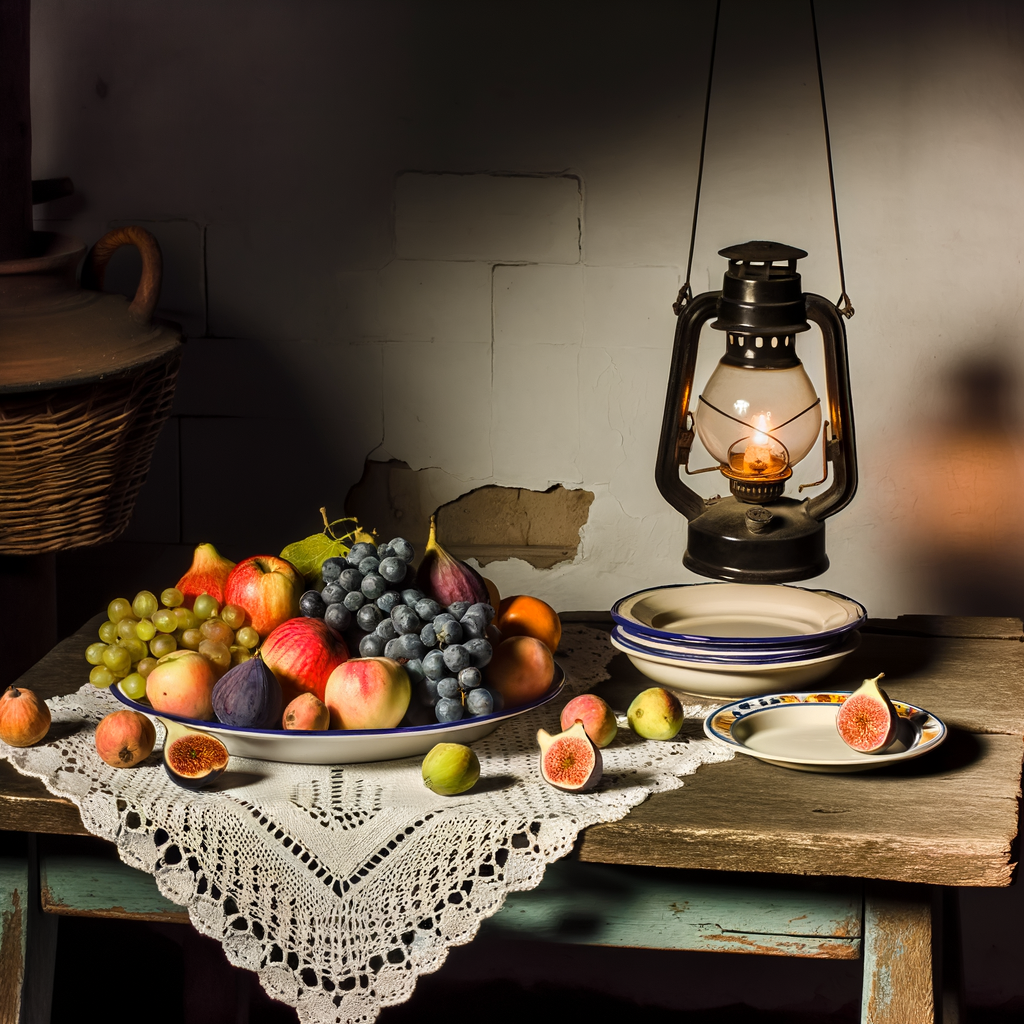When we think of European cuisine, we often think of savory dishes such as pasta, bread, and cheese. But let’s not forget about the sweet and juicy world of fruits that also play a crucial role in European cooking. From the Mediterranean to Northern Europe, fruits have been a staple in European cuisine for centuries.
Starting in the south, we have the Mediterranean region where fruits such as figs, olives, and grapes are abundant. These fruits are often used in dishes such as salads, sauces, and even desserts. The sweetness of figs pairs perfectly with salty cheeses, while olives add a tangy and briny touch to many dishes.
Moving towards Central Europe, we have the famous apples from France and pears from Belgium. These fruits are commonly used in both sweet and savory dishes, adding a touch of sweetness and crunch. In Germany, berries such as raspberries and blackberries are used in traditional cakes and pastries, giving them a burst of flavor and color.
In Northern Europe, where the climate is colder, we see an abundance of fruits such as apples, pears, and berries. These are often preserved through canning and used in traditional dishes such as jams and compotes. Fruits are also commonly used in alcoholic beverages, such as ciders and fruit wines, in this region.
So next time you think of European cuisine, don’t forget about the wide variety of fruits that are used to enhance and balance flavors in dishes. From sweet to savory, fruits play a crucial role in creating delicious and diverse European cuisine.





